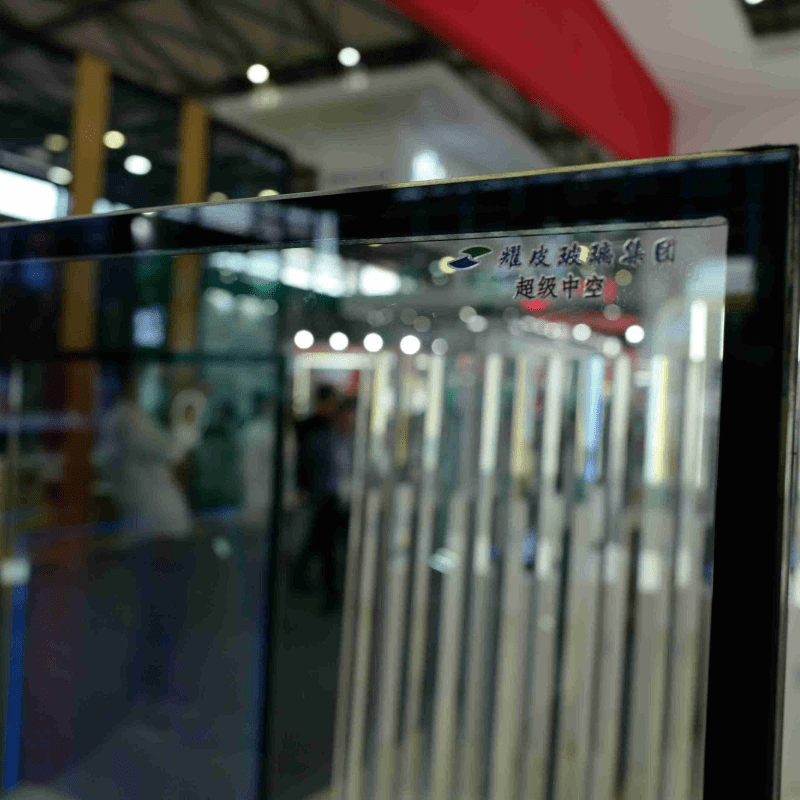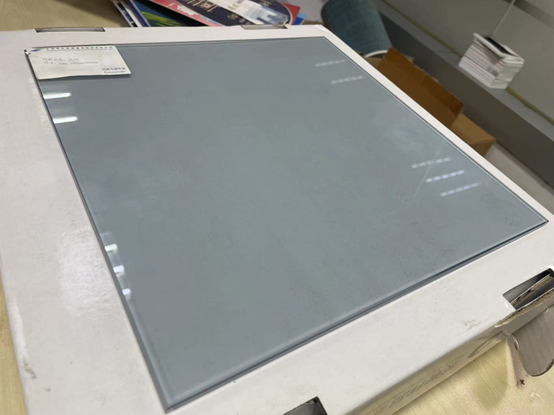Sustainable Architectural Glass: Design & Benefits
Modern construction has embraced architectural glass as a fundamental material that combines aesthetics with functionality. This versatile building component has revolutionized contemporary architecture, offering unprecedented opportunities for sustainable design while maintaining visual appeal. Today's architectural glass solutions incorporate advanced technologies that contribute to energy efficiency, occupant comfort, and environmental responsibility.

Core Components of Modern Architectural Glass
Advanced Material Composition
The foundation of modern architectural glass begins with its sophisticated material composition. Contemporary manufacturing processes combine multiple layers of glass with specialized coatings and interlayers. These components work together to enhance performance characteristics while maintaining optimal clarity and durability.
High-performance architectural glass typically incorporates low-emissivity coatings, which help regulate heat transfer while allowing natural light to penetrate. The precise engineering of these materials ensures long-term stability and resistance to environmental factors, making them ideal for diverse architectural applications.
Smart Integration Systems
Modern architectural glass solutions often feature smart integration capabilities that enhance building functionality. These systems can include electrochromic technologies that allow glass to change its tint based on external conditions, automated shading responses, and integrated sensors for environmental monitoring.
The integration of these smart features transforms architectural glass from a passive building material into an active component of building management systems. This evolution represents a significant advancement in sustainable building design and operation.
Environmental Impact and Sustainability
Energy Performance Metrics
The energy performance of architectural glass plays a crucial role in building efficiency. Modern glazing systems can significantly reduce heating and cooling loads through superior insulation properties and solar control. These characteristics directly impact a building's energy consumption and carbon footprint.
Advanced architectural glass solutions can achieve remarkable thermal performance values, with some systems providing insulation comparable to solid walls while maintaining transparency. This dual functionality makes them invaluable in sustainable building design.
Lifecycle Assessment
The environmental impact of architectural glass extends beyond its operational performance. Manufacturing processes have evolved to reduce carbon emissions and energy consumption during production. Additionally, many manufacturers now incorporate recycled content and implement responsible end-of-life management strategies.
The durability and longevity of modern architectural glass also contribute to its sustainability profile. High-quality installations can maintain their performance characteristics for decades, reducing the need for replacement and minimizing waste.
Design Applications and Innovations
Aesthetic Versatility
Contemporary architectural glass offers unprecedented design flexibility. Architects can choose from a wide range of finishes, colors, and textures while maintaining essential performance characteristics. This versatility allows for creative expression without compromising functionality.
Digital printing technologies have expanded the creative possibilities of architectural glass, enabling custom patterns, gradients, and imagery to be permanently integrated into the material. These innovations provide new opportunities for branding, privacy control, and artistic expression.
Structural Applications
The structural capabilities of architectural glass have evolved significantly, enabling its use in load-bearing applications. Advanced lamination techniques and engineering methods allow for larger spans and more ambitious architectural expressions while maintaining safety and performance standards.
These developments have led to innovative applications such as all-glass facades, structural glass floors, and transparent support systems that challenge traditional architectural constraints.
FAQ
What makes architectural glass energy efficient?
Architectural glass achieves energy efficiency through multiple features including low-emissivity coatings, multi-layer construction, and gas-filled cavities. These elements work together to control heat transfer, reduce solar gain, and maintain comfortable indoor temperatures while maximizing natural light transmission.
How long does modern architectural glass last?
High-quality architectural glass installations typically maintain their performance characteristics for 20-30 years or more when properly maintained. The actual lifespan depends on environmental conditions, installation quality, and the specific type of glass system used.
Can architectural glass be recycled?
Yes, architectural glass is highly recyclable. Most modern glass products can be fully recycled into new glass products without loss of quality. Many manufacturers now incorporate recycled content into their production processes, contributing to circular economy principles.
